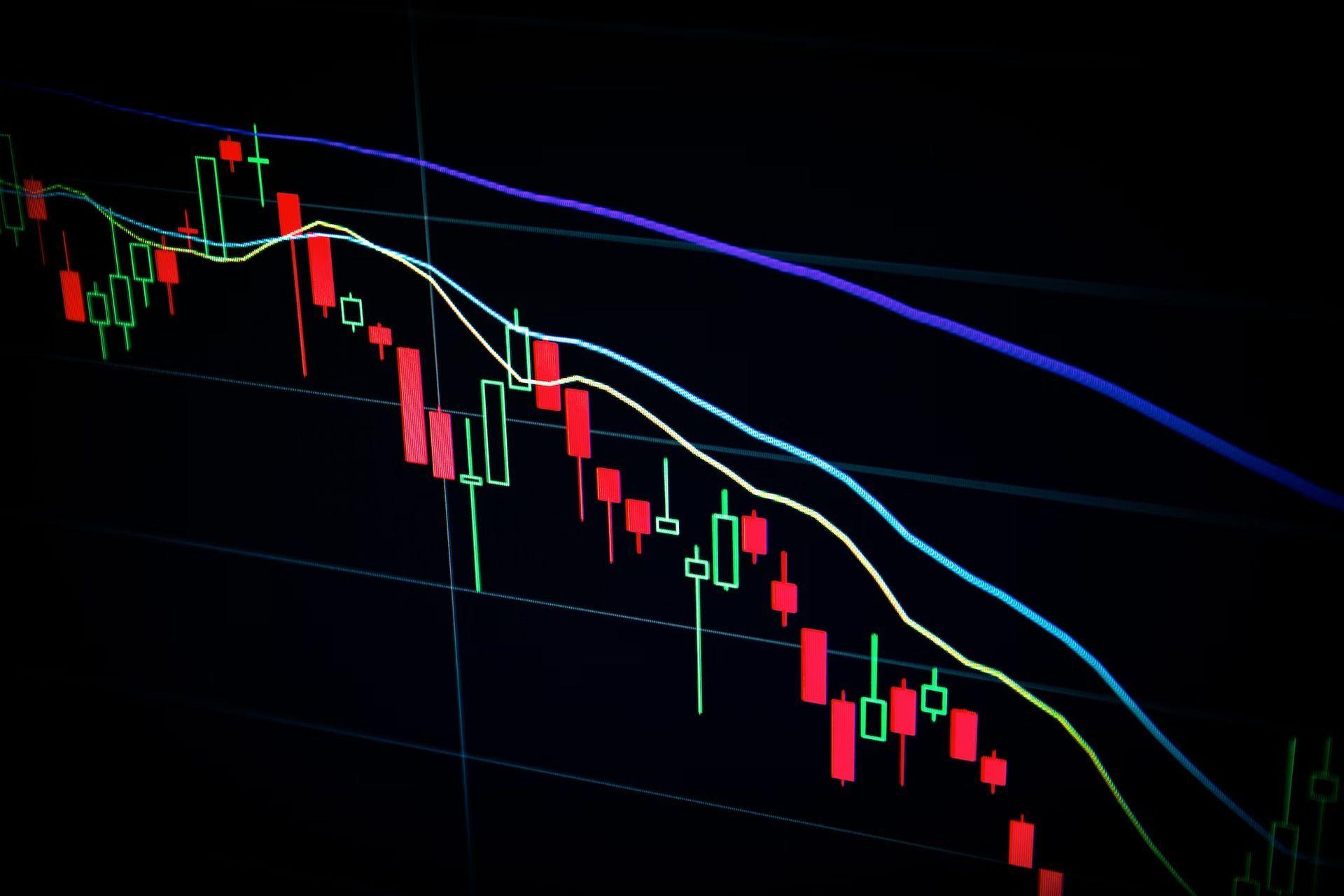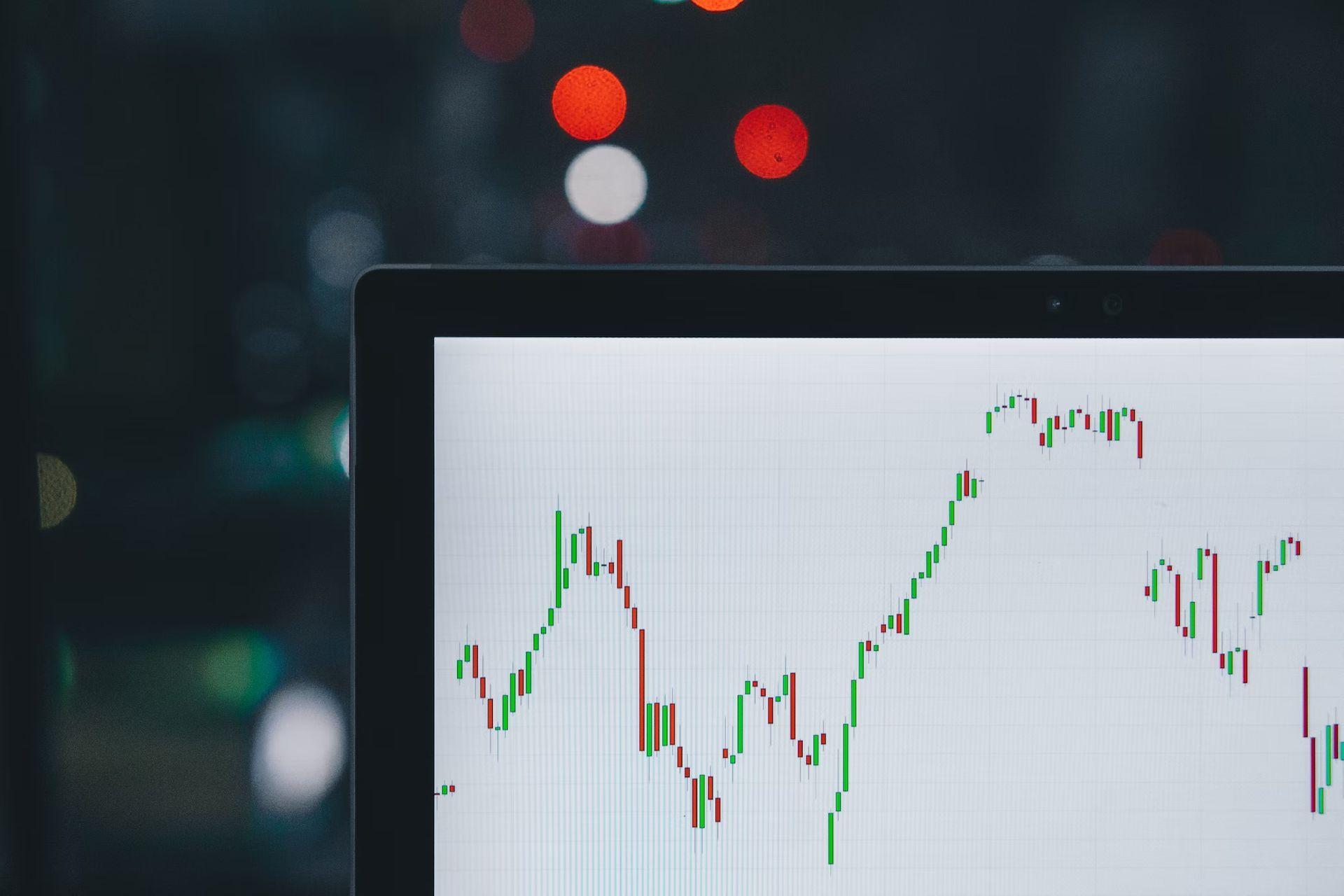Is it possible to predict the stock market using an AI-based stock price prediction system? Can machine learning truly be used for stock prediction?
Stock markets are characterized by their instability, changing nature, and lack of a clear pattern. Predicting stock prices is difficult because of a variety of factors like politics, the global economy, unexpected events, and a company’s financial performance.
However, the abundance of data that is available makes it an area ripe for analysis. Financial analysts, researchers, and data scientists are constantly working to find ways to detect trends in the stock market through different analytical techniques. This has led to the development of algorithmic trading, where pre-determined automated strategies are used to make trades.
The relation between stock price prediction and machine learning
More and more trading firms are using machine learning technology to analyze the stock market. Specifically, they are leveraging ML to predict stock prices, which helps them make better investment decisions and minimize financial risks.
However, implementing ML technology in this way can be difficult. In order to increase the chances of success, it is important to have clear business objectives and requirements, appropriate ML algorithms and models, and the participation of experienced ML specialists.
Can machine learning predict a stock price?
In the world of stock trading, machine learning (ML) is becoming more and more essential. Investment firms can apply machine learning for stock trading in a variety of ways, including forecasting market changes, researching customer habits, and examining stock price dynamics.

Which algorithm is best for stock prediction?
Careful consideration should be taken when evaluating machine learning algorithms for stock predictions. This is due to two main reasons; firstly, the research in this field is ongoing, and there are not yet any universally accepted results as the pool of algorithms that can be used for this purpose is vast, and determining their accuracy in different situations can be challenging.
The second reason is that FinTech companies and investment firms are often unwilling to reveal their most effective methods to keep a competitive advantage, as highlighted by the OECD’s 2021 report on Artificial Intelligence, Machine Learning and Big Data in Finance. This means that most performance data on different ML-based stock price forecasting methodologies, as well as information about their actual level of implementation among companies claiming to use AI, is not made publicly available for independent researchers to access.
Best models for stock prediction
Although access to proprietary information may be limited, we can still gain an overall understanding of advancements in algorithm development and implementation through academic studies and reports from professional organizations. As an example, the 2022 article on “Machine Learning Approaches in Stock Price Prediction” released by the UK Institute of Physics (IOP) reviewed several studies that focused on various techniques for stock prediction.
Traditional machine learning includes algorithms such as random forest, naive Bayesian, support vector machine, and K-nearest neighbor. In addition, time series analysis using the ARIMA technique can also be included.
Deep learning (DL) and neural networks include recurrent neural networks, long short-term memory, and graph neural networks. By using this classification method, we can examine these different approaches and the algorithms associated with them, as well as their potential benefits and drawbacks.

Traditional machine learning
In this context, “traditional” simply refers to all algorithms that do not fall within the category of deep learning, a branch of machine learning that we’ll discuss next.
Even though these traditional algorithms are not necessarily flawed, they have been found to be relatively more accurate, particularly when working with large datasets, and even more so when integrated into hybrid models. This combination of various ML algorithms can enhance their potential as some perform better at handling historical data, while others excel at processing sentiment data. However, these algorithms can also be highly sensitive to outliers and may not be able to effectively identify anomalies and exceptional cases.
Researchers have evaluated several machine learning techniques and algorithms, including:
- Random Forest: This algorithm is particularly effective at achieving high accuracy with large datasets and is commonly used in stock prediction for regression analysis, which involves identifying relationships among multiple variables.
- Naive Bayesian Classifier: A simple yet efficient option for analyzing smaller financial datasets and determining the likelihood of one event impacting another.
- Support Vector Machine: An algorithm that uses supervised learning, which is trained by providing actual examples of inputs and outputs. It is highly accurate with large datasets but may struggle with complex and dynamic scenarios.
- K-nearest Neighbor: This algorithm uses a computationally expensive, distance-based approach to predict the outcome of an event based on the records of the most similar historical situations, referred to as “neighbors.”
- ARIMA: A time series technique that excels at forecasting short-term stock price fluctuations based on past trends such as seasonality but may not perform well with non-linear data and making accurate long-term stock predictions.
Deep learning
Deep learning (DL) can be viewed as an advanced version of machine learning, as it employs complex sets of specialized algorithms called artificial neural networks (ANN) to replicate the functioning of the human brain, resulting in a higher level of analysis and understanding compared to traditional ML systems. ANN are elaborate systems of interconnected units known as artificial neurons that can exchange information. These units are arranged in different layers, the first and last of which are referred to as the input and output layers, while the ones in the middle are called hidden layers.
The simplest neural networks only have a few hidden layers, while the most complex, known as deep neural networks (thus the name deep learning), can include hundreds of layers that process large amounts of data. Each layer plays a role in identifying specific patterns or features and adding additional levels of abstraction as the data is processed.
Researchers are increasingly interested in the potential uses of deep learning algorithms for stock prediction, with a particular focus on the top-performing one, long short-term memory (LSTM). But other DL algorithms have also been shown to be effective. Here’s a summary:
- Recurrent neural networks (RNN): A specific type of ANN where each processing node also functions as a “memory cell”, enabling it to retain relevant information for future use and send it back to previous layers to improve their output.
- Long short-term memory (LSTM): Many experts currently consider LSTM as the most promising algorithm for stock prediction. It’s a type of RNN, but it can process both individual data points and more complex sequences of data, making it well-suited to handle non-linear time series data and predict highly volatile price fluctuations.
- Graph neural networks (GNN): These algorithms process data that is restructured as graphs, with each data point (such as a pixel or word) representing a node of the graph. This conversion process may be challenging and lead to lower processing accuracy, but it allows financial analysts to better visualize and understand the relationships between data points.
Finding loopholes with machine learning techniques
Researchers are increasingly interested in the potential uses of deep learning algorithms for stock prediction, with a particular focus on the top-performing one, long short-term memory (LSTM). But other DL algorithms have also been shown to be effective. Here’s a summary:
- Recurrent neural networks (RNN): A specific type of ANN where each processing node also functions as a “memory cell,” enabling it to retain relevant information for future use and send it back to previous layers to improve its output.
- Long short-term memory (LSTM): Many experts currently consider LSTM as the most promising algorithm for stock prediction. It’s a type of RNN, but it can process both individual data points and more complex sequences of data, making it well-suited to handle non-linear time series data and predict highly volatile price fluctuations.
- Graph neural networks (GNN): These algorithms process data that is restructured as graphs, with each data point (such as a pixel or word) representing a node of the graph. This conversion process may be challenging and lead to lower processing accuracy, but it allows financial analysts to better visualize and understand the relationships between data points.
Whether it’s long short-term memory, recurrent neural networks, or graph neural networks, deep learning algorithms have consistently demonstrated superior stock prediction capabilities when compared to traditional ML algorithms. However, DL systems require a large amount of data for training and typically necessitate substantial data storage and computational resources.

What are the machine learning techniques for stock prediction?
Machine learning algorithms play a crucial role in stock selection for price forecasting. However, predictive analytics is a complex process and algorithms are just one component. When implementing machine learning in the analytical pipeline, it’s important to take into account other factors, starting with data. As previously mentioned, the datasets used to train ML and DL algorithms are usually very large and diverse. There are two main research methods that use different types of data:
- Fundamental analysis aims to determine the intrinsic value of a stock and its future fluctuations by analyzing the market and industry parameters and corporate metrics, such as market capitalization, dividends, trading volume, net profit and loss, P/E ratio, and total debt.
- Technical analysis, in contrast, does not focus on intrinsic stock value and its driving factors but instead on stock price and volume trends over time to identify recurring patterns and predict future movements, particularly in the short term. This includes patterns such as head and shoulders, triangles, and cups and handles.
- An effective ML system for stock prediction should incorporate both methods and a wide range of data types, including corporate data and stock price patterns, in order to better understand the financial situation under consideration.
Selecting the data source
Data is the key ingredient for stock prediction based on machine learning; thus it’s important to have access to rich and dependable data sources as a prerequisite for training algorithms. Fortunately, data scientists have access to a wide range of financial databases and market intelligence platforms, which can be easily integrated with a data analytics solution using APIs for a continuous flow of data.
Machine learning sentiment analysis
An intriguing trend in ML-based stock prediction is the use of sentiment analysis. The idea behind this approach, which is becoming increasingly popular, is that relying on economic data alone is not sufficient to predict stock trends, and the system should be fed with other types of data as well.
Instead, financial experts should utilize machine learning, coupled with text analysis and natural language processing, to determine the sentiment expressed in sources such as social media posts or financial news articles, which means to grasp whether the text expresses a positive or negative perspective on particular financial topics.
Large financial companies have already adopted these methodologies, J.P. Morgan Research developed an ML system that uses 100,000 news articles covering global equity markets to help experts make future equity investment decisions, while Blackrock used text analysis to predict future changes in company earnings guidance.

Solving issues related to training and modeling
The process of training and creating data models can be more challenging than collecting data. Large datasets often have a wide range of variables and can take a long time to train. One way to overcome this issue is through feature selection, a process that chooses the most significant variables, which not only reduces the training time but also makes the resulting data models more interpretable.
Another challenge is overfitting, which occurs when algorithms are trained for too long on a specific financial dataset and the resulting model performs well on that dataset but doesn’t perform well on new data samples. To mitigate overfitting in stock prediction and other ML applications, the data is usually divided into training, validation, and test sets. This allows for multiple phases of data modeling, testing on different samples, and evaluating and refining the model’s performance.
This monitoring and validation procedure should continue after the model is deployed to make sure that it is suitable for the intended business usage and that it can adapt to changing financial conditions.
How good is AI at predicting stock prices?
Combining brokers’ instincts with extensive computer and statistical use is a practice used by financial institutions for years. But in recent years, the stock market’s bizarre behavior has been further aggravated by globally significant events like the COVID-19 pandemic—has led a number of institutions to investigate the potential applications of AI, ML, and predictive analytics in the field of finance. We may say the outcomes are encouraging.
J.P. Morgan, for instance, presented a project aimed at recommending the timing and size of trades in 2017 in its Innovations in Finance using Machine Learning report. A large range of data gathered from 2000 to 2016 was input into an ML-powered system based on the random forest algorithm, including foreign interest rates and the schedule of Federal Reserve meetings.

A study published in the August 2020 issue of Cerulli Edge Global provides additional encouraging information. It found that the cumulative return of ML-driven hedge fund trading from 2016 to 2019 was nearly three times higher than that of traditional hedge fund investments during the same time period (33.9% vs. 12.1%).
Speaking about hedge funds, the OECD study noted that the AI-powered hedge fund indices published by the private sector surpassed the traditional ones provided by the same sources, demonstrating the superiority of ML-driven trade execution over conventional stock trading strategies.
Given these results, we can anticipate a rise in the use of machine learning and artificial intelligence in this industry. In this context, it’s important to note that, by 2025, three-quarters of venture capitalists worldwide will use AI-based technologies to guide their decisions, according to predictions from Gartner.
How is machine learning utilized for time series forecasting?
Why can’t machine learning predict stock market?
Some stocks are difficult to predict. Look at Tesla. Elon Musk’s one tweet has the power to significantly alter its stock price.
As a result, the stock of Tesla is unstable. It indicates that a sizable number of investors are purchasing and selling Tesla stock, which causes the price to fluctuate regularly.
People aren’t continually buying and selling this stock because they’ve read Tesla’s financial report; rather, they’re acting on emotion. When people learn even the smallest bit of information about Tesla, they either purchase more or sell more.
Since media coverage influences public sentiment, machine learning cannot reliably identify the stocks that are frequently in the news.
Final words
One of the most studied topics is the prediction of stock prices, which attracts interest from both the academic community and business people. Numerous algorithms have been used since the emergence of artificial intelligence to forecast the movement of the stock market. The combined use of statistics and machine learning algorithms has been developed for comprehending long-term markets or projecting the stock’s opening price the next day. The various methods for predicting share values, including standard machine learning, deep learning, neural networks, and graph-based algorithms, are still being studied today.






